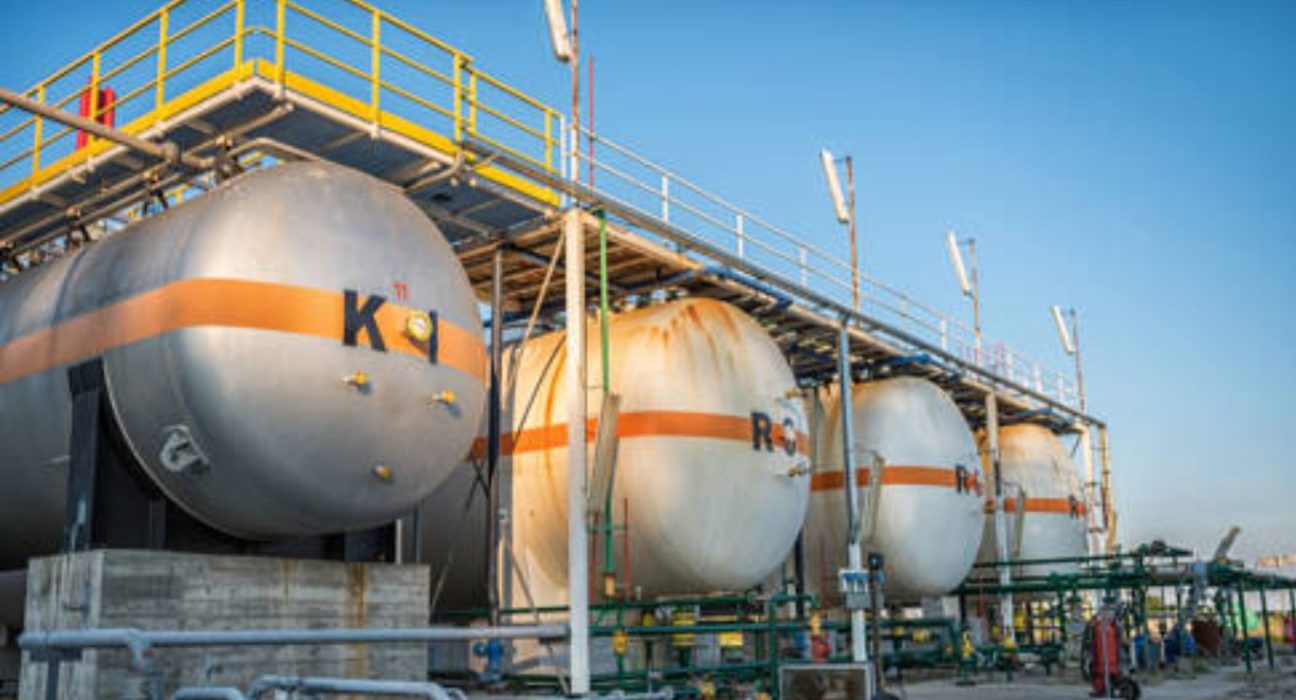Introduction
The Natural Gas (XNG/USD) price continues to exhibit strength, maintaining a firm position around $2.75 during early Wednesday trading. This marks an extension of the previous day’s upward momentum, even in the face of a sluggish Asian session. The price action is currently grappling with a critical juncture, with the convergence of the 200-Hour Moving Average (HMA) and the upper boundary of a symmetrical triangle that has formed over the past two weeks, positioned near the $2.75 level.
Analysis of Natural Gas Price Movement
The current price action of Natural Gas (XNG/USD) reveals an intriguing battle between buyers and sellers. The 200-Hour Moving Average (HMA), a widely monitored technical indicator, is acting as a significant level of resistance. Concurrently, the upper trendline of the symmetrical triangle formation is further heightening the price’s struggle around the $2.75 mark. Traders and investors are eagerly observing this critical zone as a potential breakout or reversal point.
Factors Influencing Natural Gas Price
The Natural Gas price is influenced by several fundamental factors, including supply-demand dynamics and prevailing weather conditions. A surge in demand for natural gas during peak summer months, particularly for cooling purposes, can put upward pressure on prices. Simultaneously, supply factors such as production levels, storage inventories, and pipeline infrastructure also impact the pricing dynamics. Moreover, weather conditions, such as hurricanes and extreme temperatures, can significantly influence natural gas prices due to potential disruptions in supply and increased demand for heating or cooling.
Market Sentiment and Geopolitical Considerations
The sentiment surrounding the natural gas market remains positive, contributing to the price’s steady performance. Rising global energy demand, especially in emerging economies, is bolstering the overall market sentiment. Additionally, the ongoing transition towards cleaner energy sources has placed natural gas in a favorable position as a relatively cleaner-burning fossil fuel. As governments and industries focus on reducing carbon emissions, natural gas has emerged as a transitional energy source, creating a bullish sentiment among investors. Geopolitical factors also play a crucial role in shaping natural gas prices. Geopolitical tensions in major gas-producing regions, such as the Middle East or Russia, can disrupt supply chains and lead to price fluctuations. Additionally, geopolitical events, such as trade disputes or conflicts, can impact the global energy market, including natural gas. Traders and market participants closely monitor geopolitical developments for potential price movements and their implications on the natural gas market.
Outlook and Potential Implications
The ongoing battle between the 200-Hour Moving Average (HMA), the upper boundary of the symmetrical triangle, and the $2.75 resistance level sets the stage for a potential breakout or consolidation in the Natural Gas price. If the price manages to breach these technical barriers, it may signal a bullish breakout, potentially paving the way for further upward movement. Conversely, a failure to overcome these resistance levels could result in a consolidation phase or even a bearish reversal, warranting caution among traders and investors. The outcome of the current price battle and subsequent price movement in Natural Gas (XNG/USD) could have significant implications for the natural gas market and investors. A breakout above the resistance levels may attract fresh buying interest, potentially driving the price higher and indicating improved market sentiment. Conversely, a reversal or prolonged consolidation may dampen investor enthusiasm, leading to increased caution and potential adjustments to investment strategies.
Conclusion
The Natural Gas (XNG/USD) price remains resilient, maintaining its position around $2.75 despite a sluggish Asian session. The convergence of the 200-Hour Moving Average (HMA) and the upper trendline of a symmetrical triangle presents a critical juncture for the price. Traders and investors are closely monitoring this zone for potential breakout or consolidation patterns. The natural gas market’s overall sentiment, influenced by demand-supply dynamics, weather conditions, and geopolitical factors, continues to support the price’s resilience. The outcome of the ongoing battle between key technical indicators will shape the future direction of the natural gas price, with potential implications for the market and investors alike.










